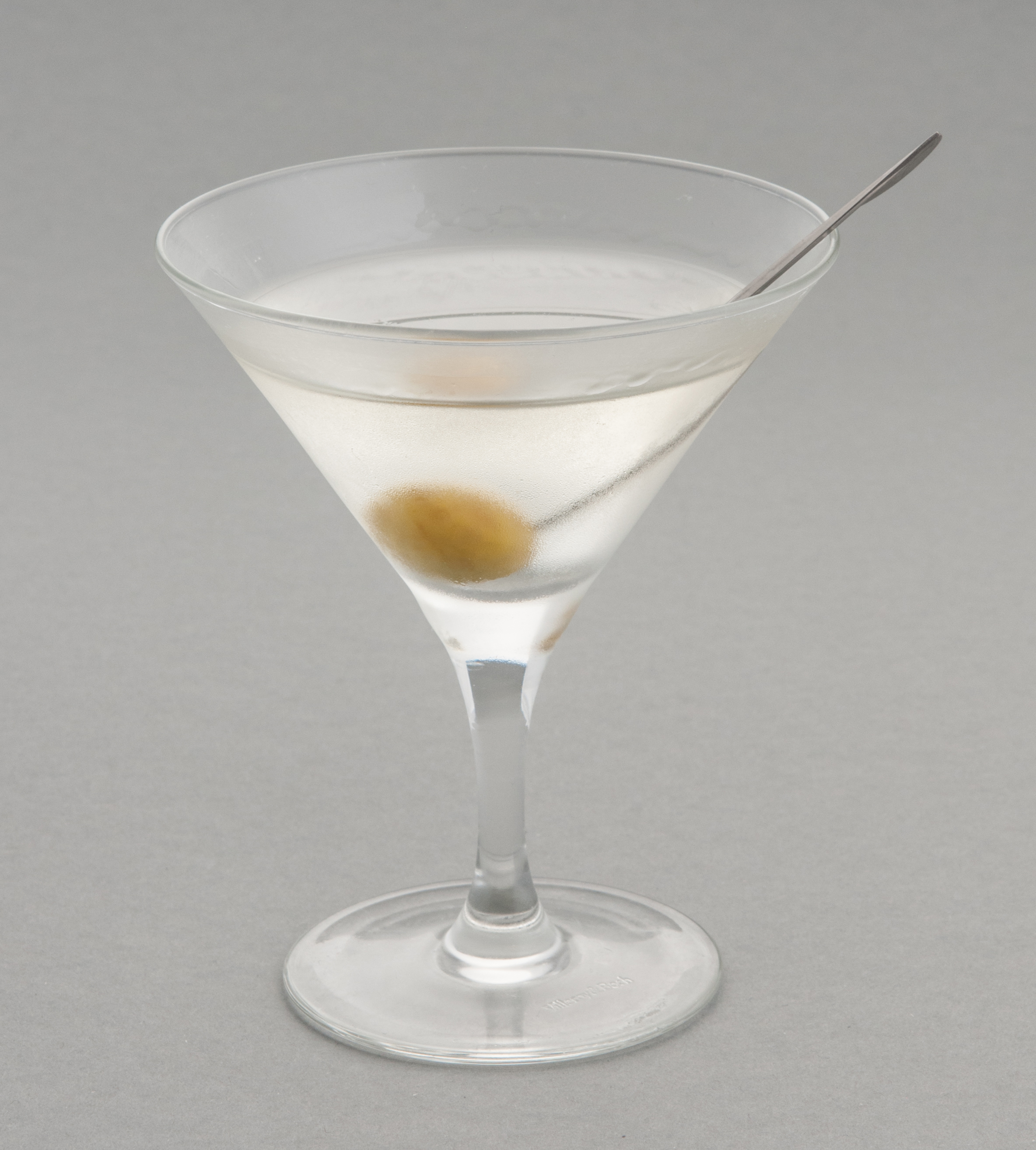Mixology 101
- An Introduction to Mixology
- Mastering Classic Cocktails
- Advanced Techniques and Recipes
Mastering Classic Cocktails
Perfecting the Martini

Cocktail made with gin and vermouth.
The Martini is a classic cocktail that has stood the test of time. Its simplicity, elegance, and versatility have made it a favorite among cocktail enthusiasts and bartenders alike. In this unit, we will trace the evolution of the Martini, distinguish between gin and vodka martinis, master the art of stirring and straining, and experiment with garnishes.
The Evolution of the Martini
The Martini's origins are shrouded in mystery, with several theories claiming its invention. Some believe it evolved from a cocktail called the Martinez served in the mid-1800s, while others attribute its creation to the Knickerbocker Hotel in New York City. Regardless of its origins, the Martini gained popularity in the early 20th century and has since become a symbol of sophistication and class.
Gin vs. Vodka Martinis
The original Martini was made with gin, vermouth, and a dash of orange bitters. However, during the mid-20th century, vodka began to replace gin in many cocktails, including the Martini. A traditional gin Martini is more botanical and complex, while a vodka Martini is smoother and more neutral. The choice between gin and vodka is largely a matter of personal preference.
Mastering the Art of Stirring and Straining
A key aspect of making a perfect Martini is the technique of stirring and straining. Stirring is preferred over shaking as it prevents the drink from becoming cloudy and ensures a silky texture. The cocktail should be stirred with ice in a mixing glass until it is well-chilled, then strained into a chilled Martini glass.
Experimenting with Garnishes
The garnish of a Martini can subtly alter its flavor profile. The two most common garnishes are olives and a lemon twist. An olive garnish adds a savory note to the cocktail and is typically used in vodka Martinis. On the other hand, a lemon twist imparts a citrusy aroma and is often paired with gin Martinis.
In conclusion, the Martini is a cocktail that embodies elegance and simplicity. By understanding its history, choosing your preferred spirit, mastering the technique of stirring and straining, and experimenting with garnishes, you can perfect the art of making a Martini.